Local. Family Owned. Trusted.
FRequently Asked Questions & Information
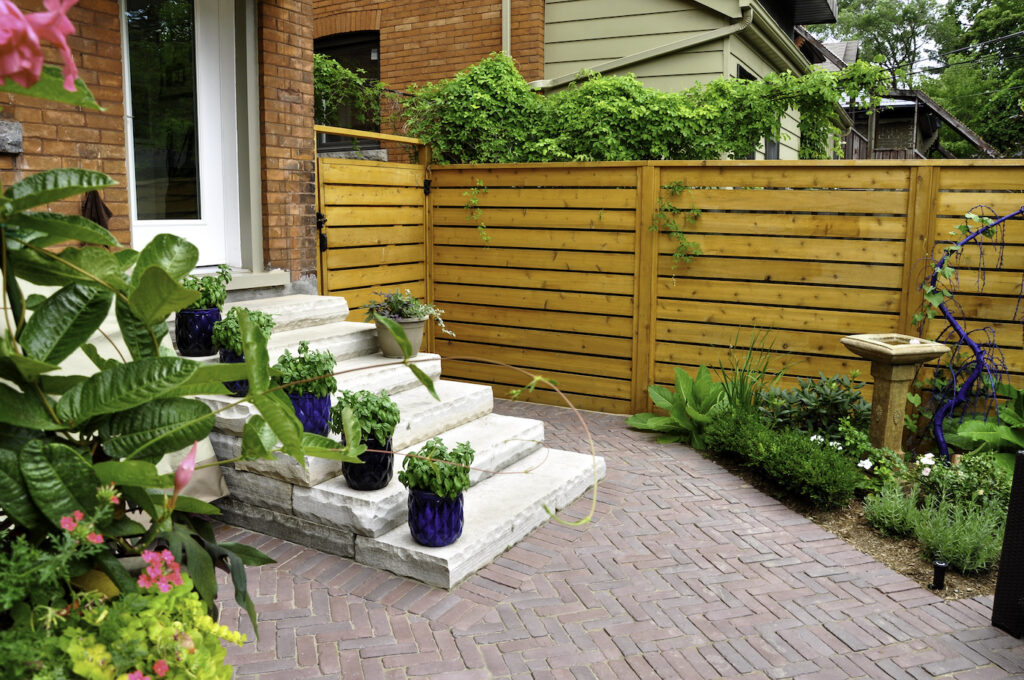
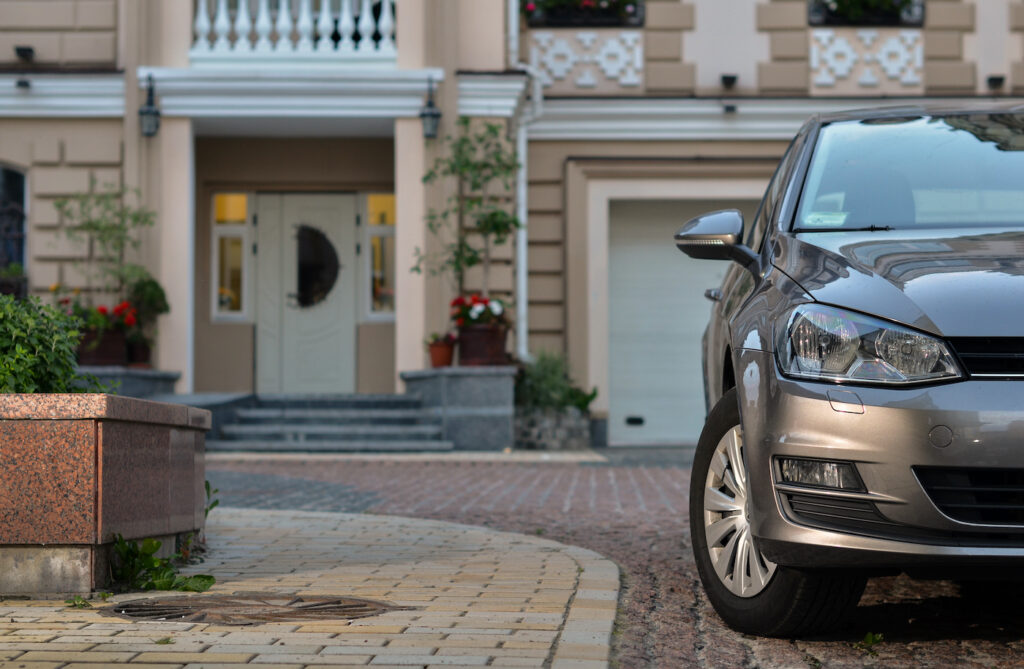
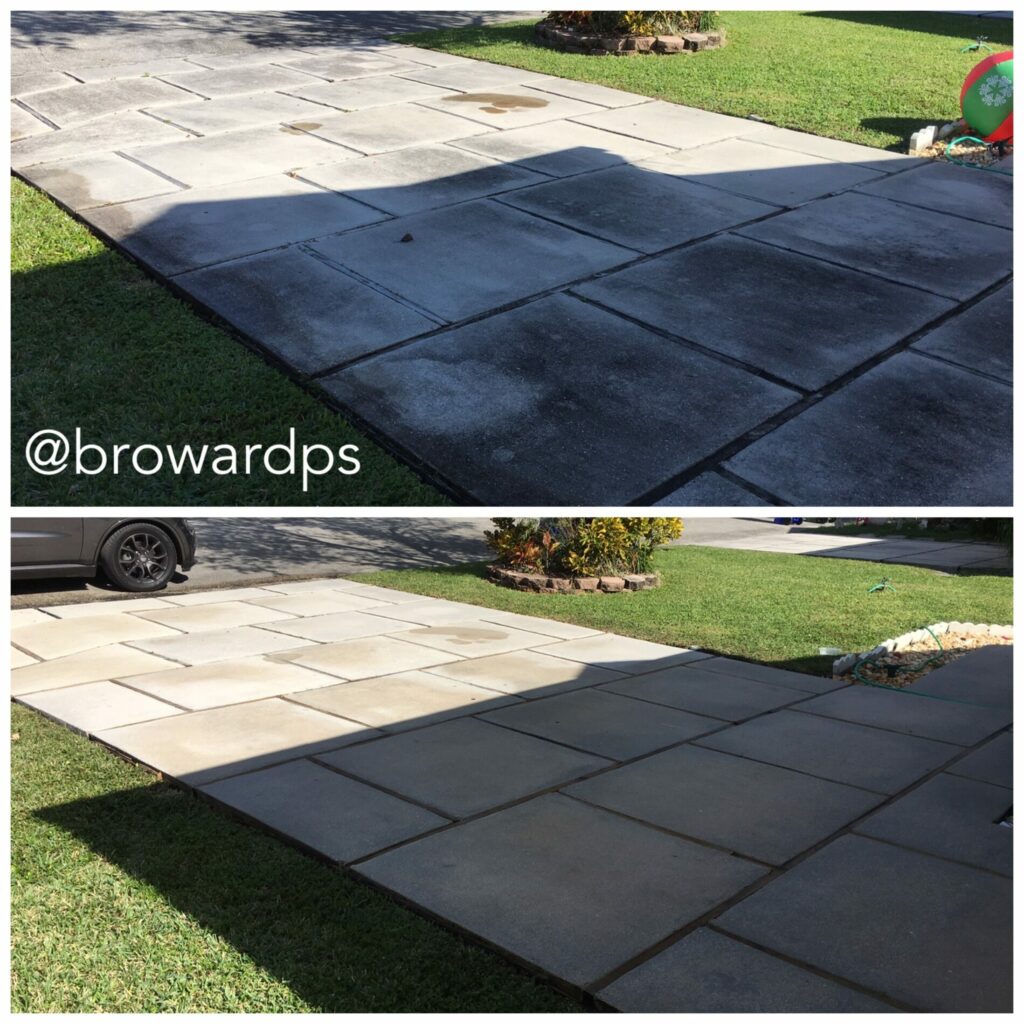
What We Need From You
– Paver sealing is a delicate process when prepping and applying the sealer. Because of this we ask that any contractors, landscapers or pool maintenance appointments are rescheduled for a date 48hrs after the sealer was applied.
– It’s recommended you do not walk on your newly sealed pavers for at least 4-5hrs. Please keep foot traffic light until the next day if possible.
– Try to avoid putting any furniture or potted plants back on your newly sealed pavers until 24hrs have passed after the sealer was applied.
– It’s important to allow the sealer to cure properly for best results. So be prepared to park your cars somewhere other than on your driveway for a full 48hrs after the sealer was applied.
– After 48hrs have passed the last thing we need you to do is enjoy your beautiful pavers and tell all of your neighbors about who helped you make them shine.
What You Can Expect From US
– We will thoroughly clean and inspect your pavers for any stains, debris or repairs that need to be addressed prior to sealing.
– Wet sanding your pavers ensures the sand is being worked down deep into the joints by washing out any air pockets that may arise.
– Once sanding the joints has been completed we will allow the pavers to dry and inspect for any debris making sure not to seal it on top of the pavers. We’ll then blow off any extra sand that is sitting on top of the pavers.
– It’s time to seal! We often begin with the edges closest to the home and work our way backwards. Spraying just the right amount of sealer for the pavers to absorb. Back rolling, brushing or blowing is important to avoid pooling of the sealer in low spots.
– Last but definitely not least, our second coat gets laid on and creates that beautiful sheen that most of us desire.
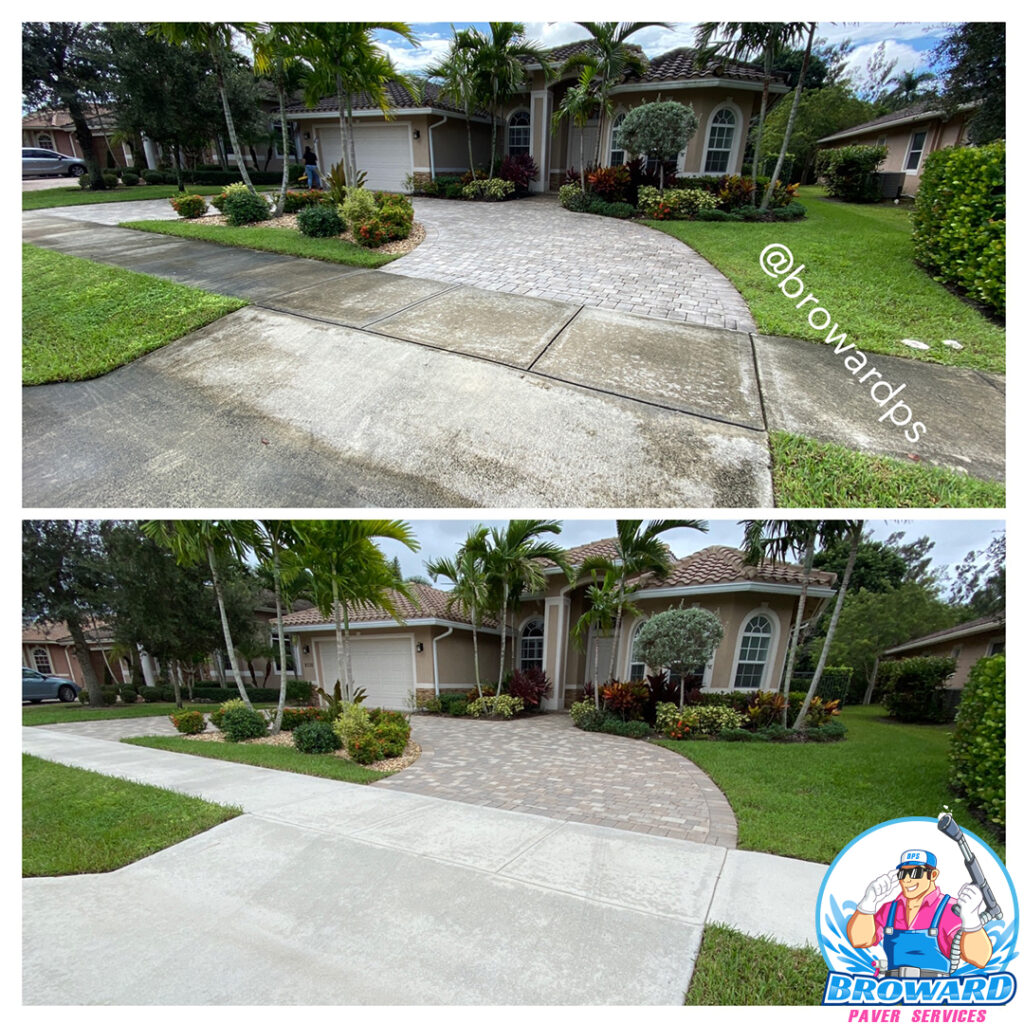
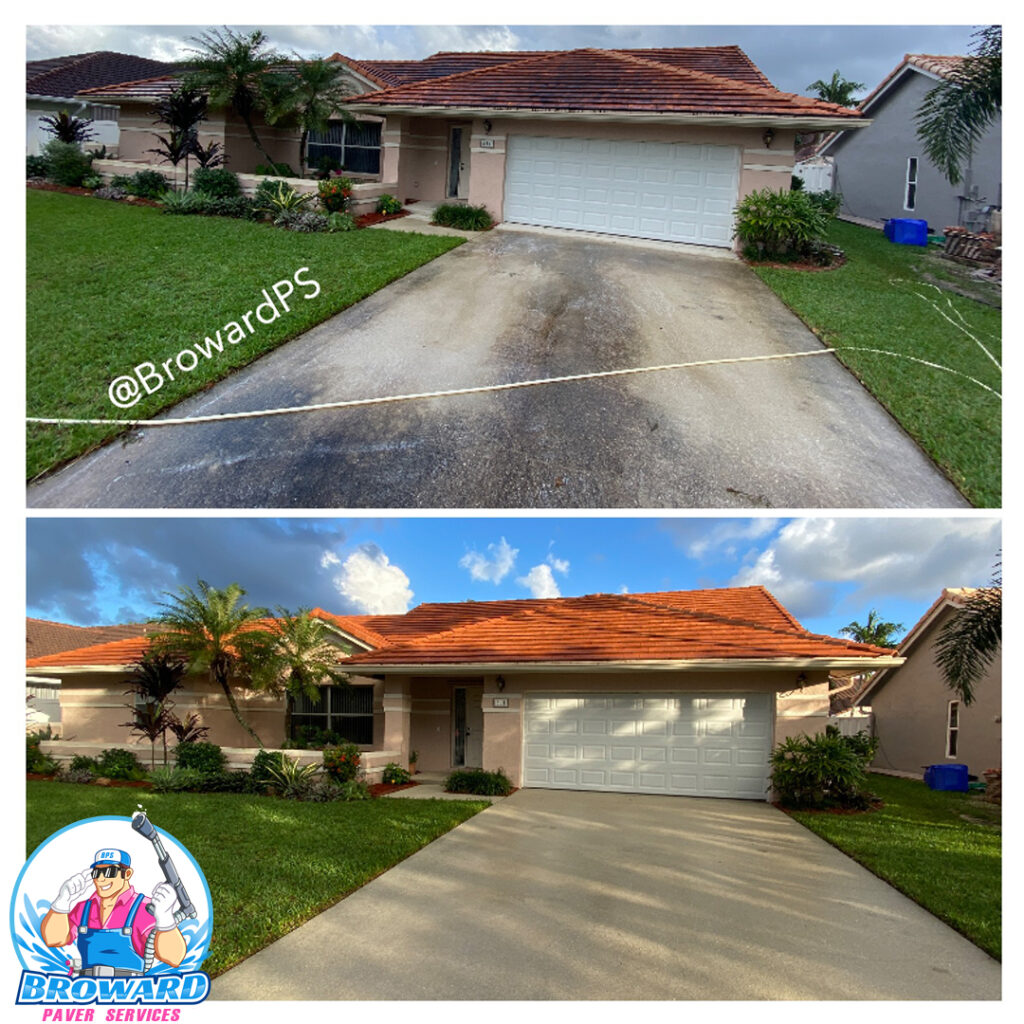
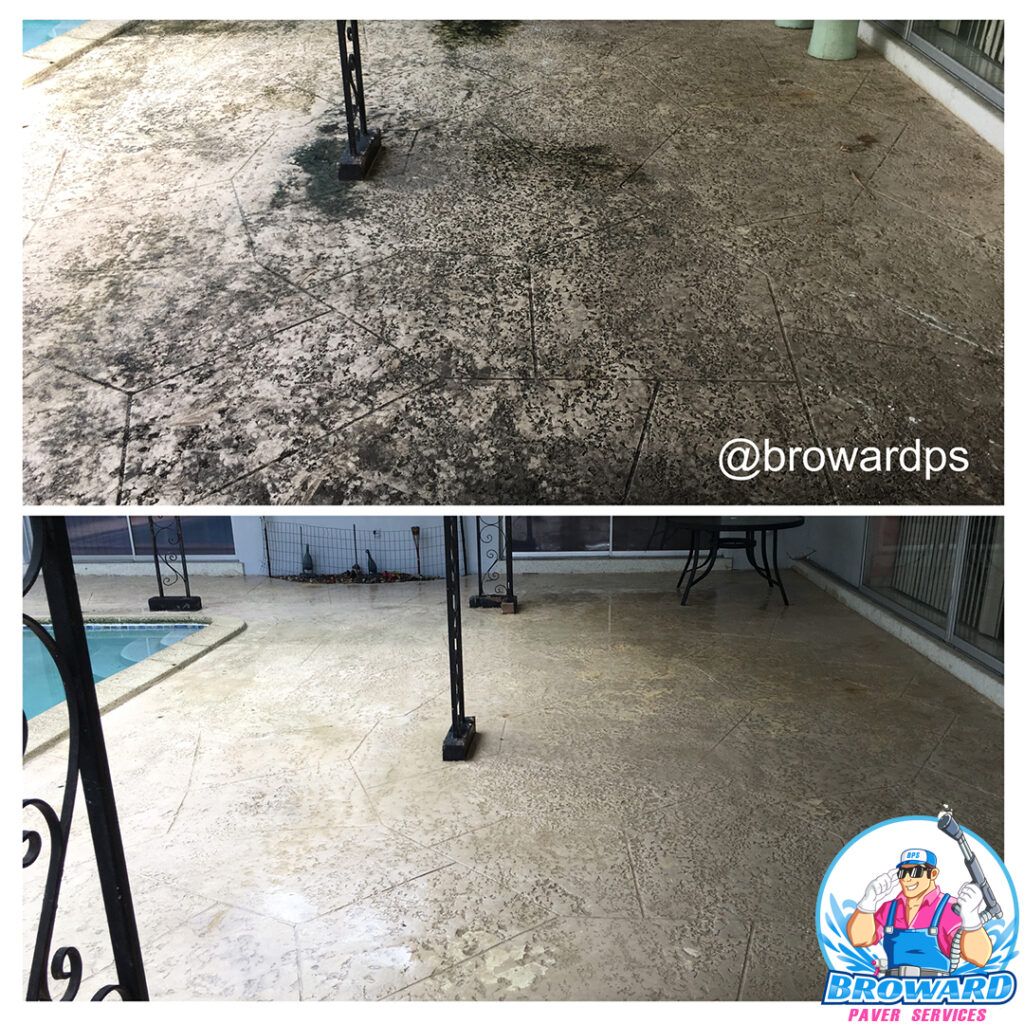
FAQ
Concrete Pavers turn white or become milky looking due to trapped moisture under the old coat of sealer. This is common with xylene or solvent-based sealers. Our water-based sealers allow the pavers to breathe, eliminating the chance of this happening
In most cases, yes. The sand should be at least 1/8 inch below the chamfer edge of the brick. Our sealing does a great job of locking in the sand so that it does not easily wash out.
Typically 60-90 days. The main reason to wait is so that efflorescence can work its way to the surface and be cleaned off. The more the pavers get wet, the quicker this happens. For this reason, the amount of time to wait may vary depending on what time of the year it is.
Sealing your pavers is important to protect them from harmful UV rays, it helps resist mold and mildew and prevents staining from such things as vehicles, trees, and water runoff.
We keep dirt and debris getting into your pool to a minimum by using proper pressure cleaning techniques and industry-specific equipment that prevents excessive amounts of dirt from getting into the pool. A simple pool filter cleaning the day after we clean will clear up most debris that works its way into the pool. Any sealer that may drip from the coping edges will NOT do any harm to your pool or pool equipment. The amount of debris that gets into your pool will also be determined by the type of coping you have on your pool.
A good sealing job, with a good product, should last between two to four years depending on the sealer used, the care given to the area, the traffic and the elements (i.e. rain, sun etc…). In addition, the quality of the pavers and the condition of the pavers play a large role in the longevity of the sealer.
